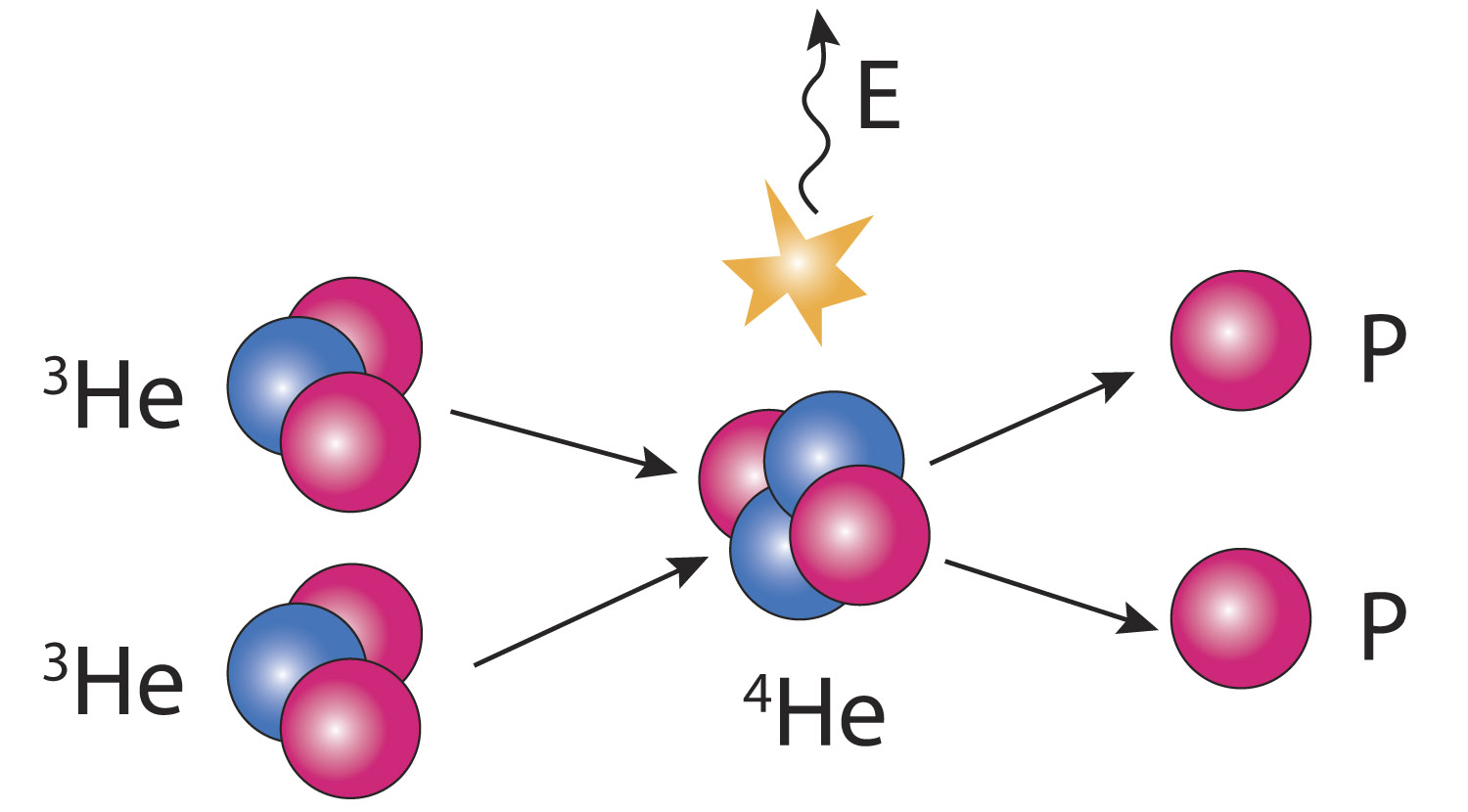India expects to begin production of helium-3 on the moon by 2030

Station for the extraction of helium-3 through the eyes of the artist
Sivathan Pillai, a professor at the Indian Space Research Organization (ISRO), told IANS that India intended to begin mining helium-3 on the Moon by 2030. The scientist argues that the preparation of such a mission is a priority for his organization and is already underway. Within ten years the government of India is going to realize its plan, and by 2030 promises to start commercial production of the helium isotope.
India’s space program is evolving rapidly. The country has realized the need to develop new space technologies and is working on them. In parallel, technical and scientific instruments, India is developing new laws and relevant government organizations that regulate space expansion.
Not only India, but also China is going to mine helium-3 on the moon. This is a very promising source of energy. True, it will be possible to use it only if a person learns to control the thermonuclear reaction for a long time. It seems that since India and China are actively working on programs for the extraction of helium-3, they have no doubt that thermonuclear reactors will be built. Scientists estimate that 0.02 grams of helium-3 during the fusion reaction emit as much energy as is produced when burning a barrel of oil. 1 ton of helium-3 in the course of thermonuclear fusion will give as much energy as can be obtained by burning 15 million barrels of oil. Only 40 tons of helium-3 will be enough to provide energy for a whole year to such a large country as the USA.
')
Helium-3 is rich in lunar regolith. This helium isotope has accumulated in the thin surface layer during billions of years of exposure to the solar wind. A ton of regolith contains about 0.01 g of helium-3. It is believed that the surface layer of the Moon contains from 500 thousand to 10 million tons of helium-3. Regolith processing and helium-3 separation projects are being worked out not only by scientists in India and China, but also by the United States. In particular, this work was performed at one time by specialists from NASA .

According to the World Security Network , the cost of extracting 1 ton of helium-3 on the moon can be $ 3 billion, which is economically profitable. True, in order to start mining this element, we also need an appropriate infrastructure, the creation of which will cost much more. Thus, according to scientists from the United States, the total cost of such an infrastructure will be at least $ 20 billion, the duration of the project can not be less than 20 years.
True, Indian scientists and engineers have repeatedly surprised Western colleagues with the ability to achieve significant results in space research at relatively low costs. For example, India built a Martian orbital probe from scratch and successfully sent it into Mars orbit. Thanks to him, several records were set at once. For example, the cost of the satellite Mangalyan (all stages of the program) amounted to slightly more than $ 72 million dollars. American and European space agencies spend much more in such cases. Now the budget of the Indian space program is only 5% of the budget of NASA, and the average salary of a specialist from the space sector is about $ 1,000.
Russian experts also believe that mining this type of mineral can be a profitable business. “Our country has a lot of experience in the development of minerals on Earth, and on the Moon there are no less. In regolith, for example, huge reserves of helium-3, and this is the basis of thermonuclear energy. Today, Americans have already appeared technology to extract it. As a result, the money spent on the exploration of the moon will pay for itself many times over, ” said Vyacheslav Bobin, head of the department of the Center for the Study of Natural Matter at the Institute of Integrated Exploitation of the Mineral Resources of the Russian Academy of Sciences.

An important reaction for humans: two atoms of helium-3 form a helium-4 atom during a thermonuclear reaction to form two protons and energy
ESA experts, in turn, declare that the helium-3 isotope will become a safe source of energy: it is not radioactive, and no dangerous compounds are formed in the process of thermonuclear fusion with its participation. Here, of course, you need to again pay attention to the fact that the real program for the extraction of helium-3 will be only if a person succeeds in achieving a commercially viable version of a fusion reactor. Now the energy industry has made great strides, but stellarators and tokamaks, two different concepts of a fusion reactor, are still working in experimental mode. In the best case, conditions suitable for conducting fusion are held for a few seconds, and there is no talk about any mass energy gain. If thermonuclear fusion does not become controlled in the next few years, helium-3 and the exploration of the moon for the purpose of its extraction will have to be forgotten.
Source: https://habr.com/ru/post/401701/
All Articles